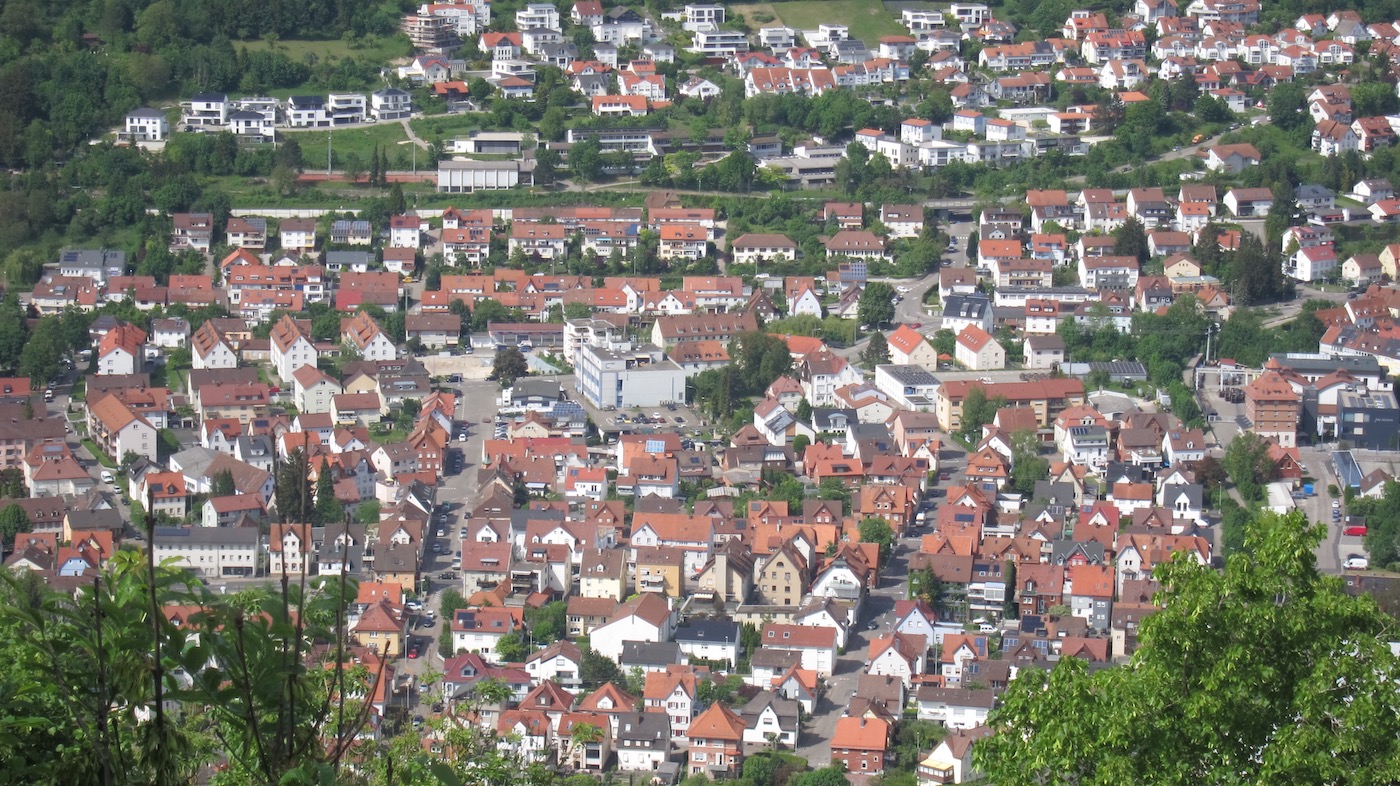In the immediate aftermath of the Second World War, when more than a million refugees were on the move in Europe, Geislingen became the largest DP camp for Estonians with 4,400 residents. One of 69 such camps established by the U.S. Army and run by the United Nations Relief and Rehabilitation Agency (UNRRA) and the International Refugee Organization (IRO), the camp occupied three of the town’s districts in houses from which the German residents had been expelled by the U.S. Army. There is some indication that those districts were chosen deliberately due to their heavy support of the National Socialist (Nazi) Party in the 1930s.
I had no idea what to expect. I was six months old when we arrived in Germany from Estonia, and only 4 years and nine months old when we left in December, 1948. Almost 75 years had passed since then. I had no real memories of the place, only a few scattered images put into my head by the handful of photographs my parents had managed to preserve. I had no idea which houses we had stayed in, other than that there were two of them in two different districts — six months in Rappenäcker and 2 1/2 years in Wilhelmshöhe on Karl Strasse, a long street that climbed up one of the hills.
(Read more: Estonian Life No. 25 2022 paber- and PDF/digi)
Written by Enn Raudsepp, Montreal





